After negotiators helped salvage a nearly collapsed ceasefire in the Gaza Strip, Hamas released three Israeli hostages in exchange for 369 Palestinian prisoners on February 15. Attention is now focused on the second phase of negotiations, with Hamas seeking to discuss the implementation of the framework this week, while Israel appears to want to extend the first phase.
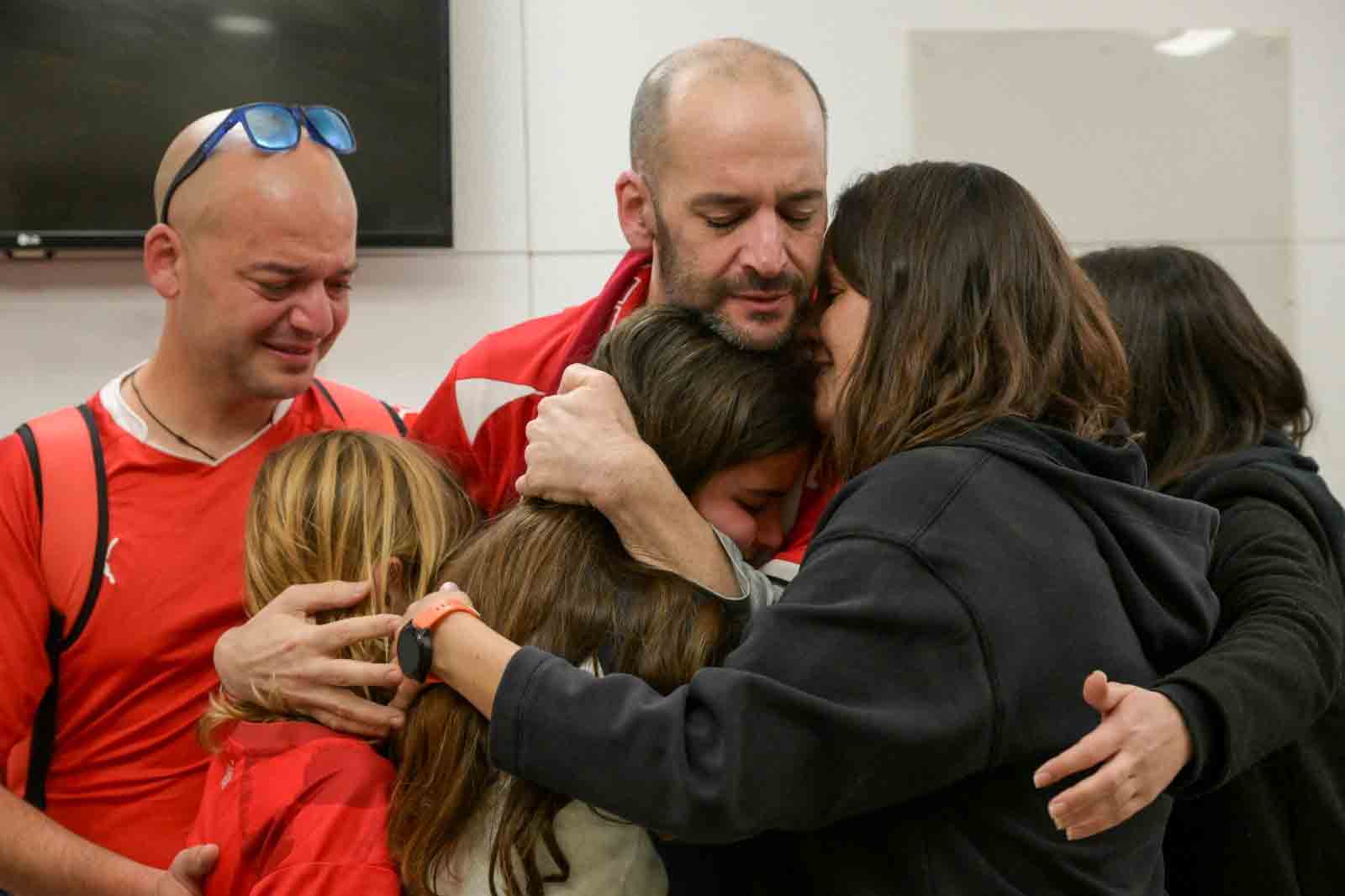
A hostage reunited with his family in Tel Aviv (Israel) on February 15.
Worrying about phase 2
The first phase of the truce, which began on January 19 and lasted 42 days, included the release of 33 hostages by Hamas in exchange for thousands of Palestinian prisoners held by Israel. Humanitarian aid was also increased into Gaza, and Palestinians were allowed to return to the northern part of the strip. Hamas has so far released 19 of the 33 Israeli hostages under the deal, as well as five Thai hostages under a separate deal.
Phase 2 is expected to include the release of Israeli hostages and the completion of the Israeli military withdrawal from Gaza. The Times of Israel on February 15 quoted senior Hamas member Taher al-Nunu as saying that the group hopes indirect negotiations with Israel on phase 2 will begin this week. A source also said that negotiators have informed Hamas that they hope to start discussing phase 2 in Doha, Qatar this week.
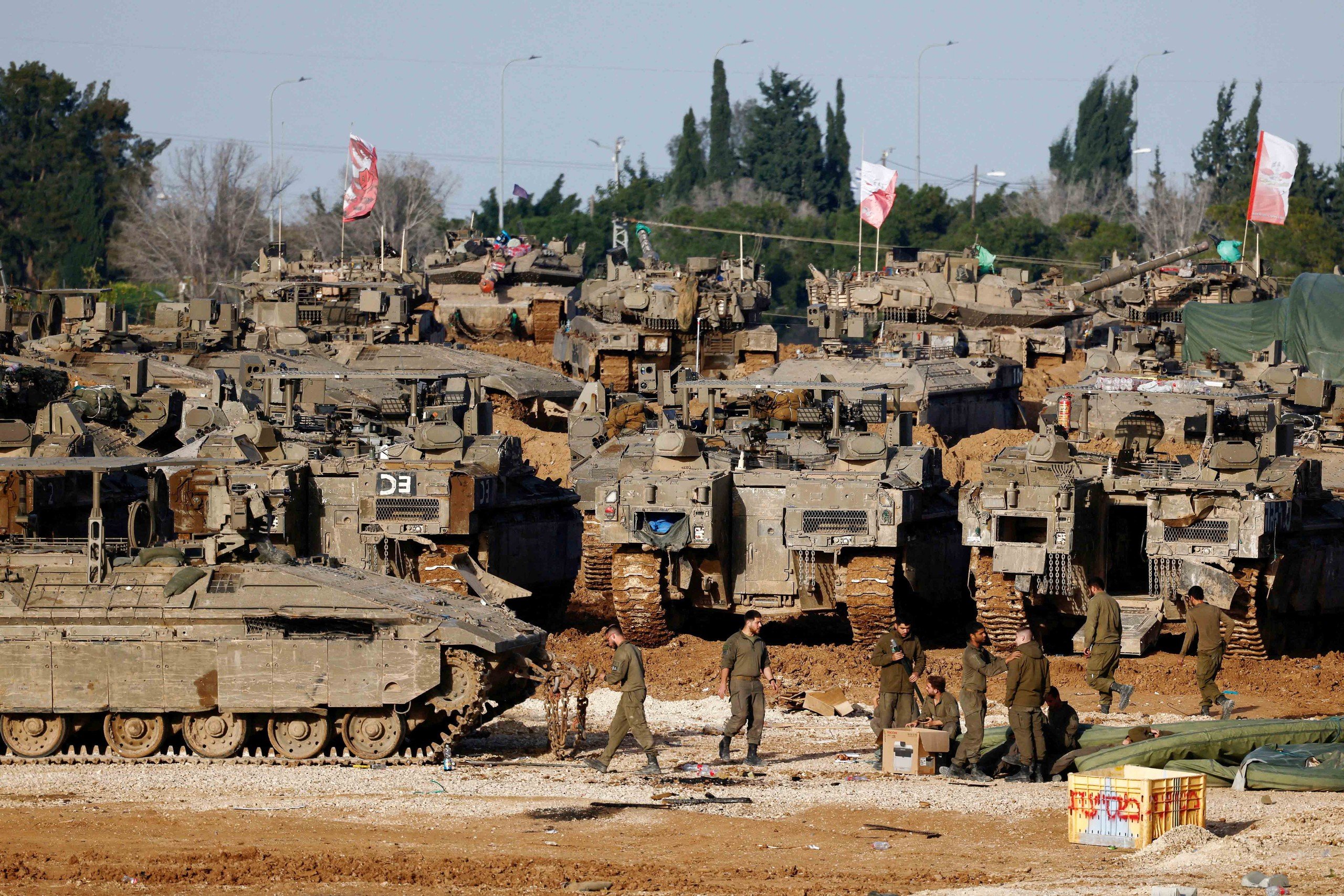
Israeli soldiers in an area bordering the Gaza Strip on February 15.
Following the release of hostages and prisoners on February 15, Israeli Prime Minister Benjamin Netanyahu held security consultations on the future of the deal that evening. Israeli media reported that the leader wanted to speed up the next two hostage releases. According to Channel 12, Netanyahu wanted to extend phase 1 to allow Hamas to release more hostages, including those who Israel said were in poor health. Meanwhile, Israeli negotiators warned of the risk of disrupting phase 1 if the country did not start serious negotiations on phase 2. This negotiation process was supposed to have started nearly 2 weeks ago.
US move
The next developments in the Gaza situation are also affected by the visit of new US Secretary of State Marco Rubio to the region. Mr. Rubio arrived in Israel yesterday, February 16, after warning that renewed conflict in Gaza would not eliminate the threat of Hamas to Israel. According to AFP, after meeting with US Secretary of State Rubio yesterday, Israeli Prime Minister Benjamin Netanyahu said that the two countries had the same approach to Gaza, and praised US President Donald Trump's "bold vision" for the strip of land. "I want to assure everyone who is listening to us that President Trump and I are cooperating and coordinating closely," Mr. Netanyahu added. After leaving Israel, Mr. Rubio is expected to visit the United Arab Emirates (UAE) and Saudi Arabia, two countries with great influence in the region and both have spoken out against the mass displacement of Palestinians.
In a related development, the Israeli Defense Ministry said on February 16 that a batch of MK-82 heavy bombs had just been delivered to the country, after being suspended by the administration of former US President Joe Biden. Commenting on the developments in Gaza, UN Secretary-General Antonio Guterres appreciated the increase in humanitarian aid but warned that "it would be unthinkable if war broke out again in Gaza."
Lebanon prevents Iranian plane from landing
AFP on February 16 quoted a security source as saying that Lebanon had refused to allow two Iranian planes to land in the capital Beirut in the past week, after the US warned that they could be shot down by Israel. The first incident occurred on February 13, when Lebanese authorities advised a flight from Iran to Lebanon not to take off. The second incident occurred a day later, prompting protests from many Hezbollah supporters in Lebanon. Israel has repeatedly accused Hezbollah of using Beirut's airport to receive weapons from Iran, although Hezbollah and the Lebanese government have denied this.
Source: https://thanhnien.vn/gaza-giua-nhung-toan-tinh-moi-185250216214511202.htm


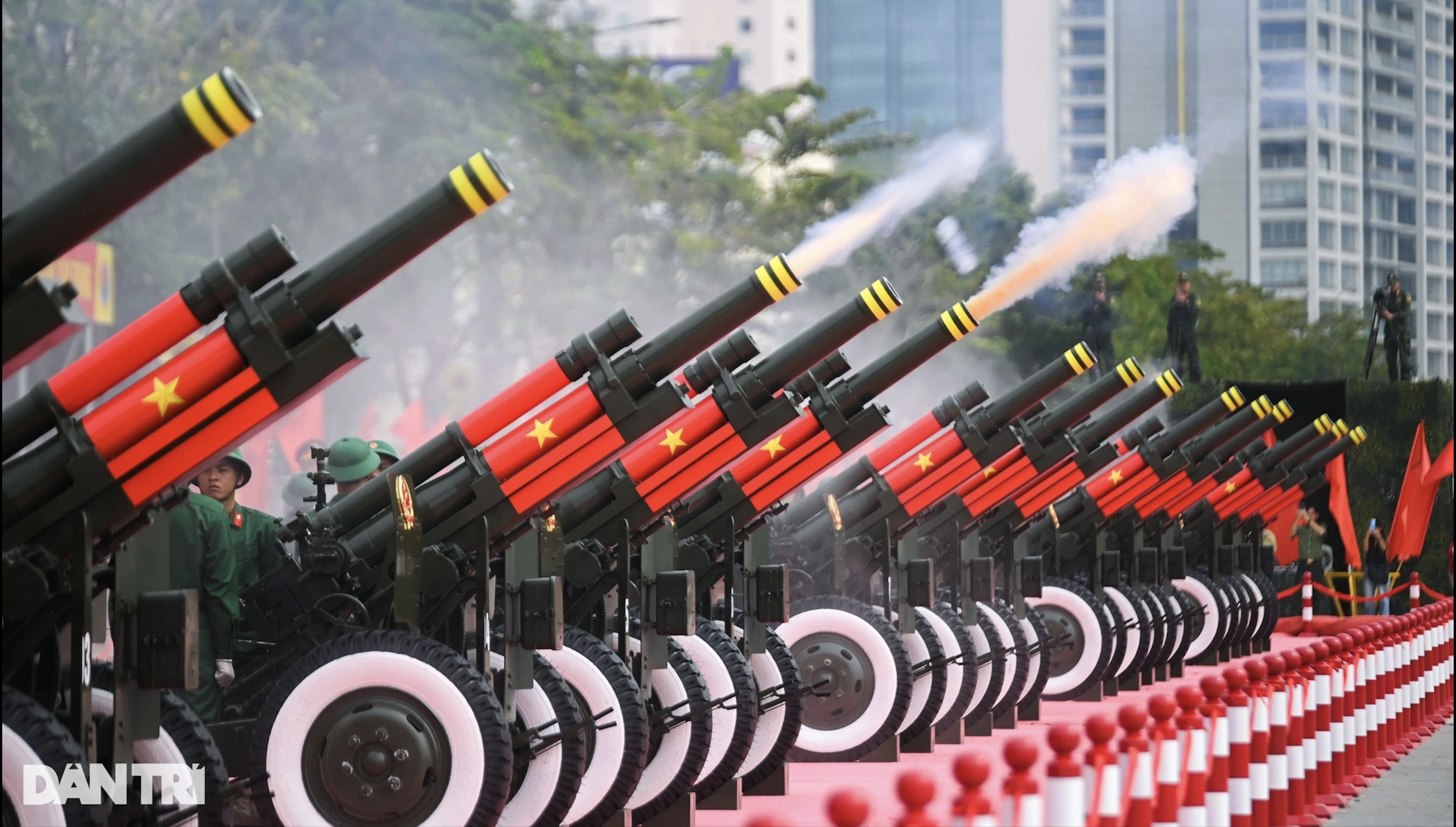
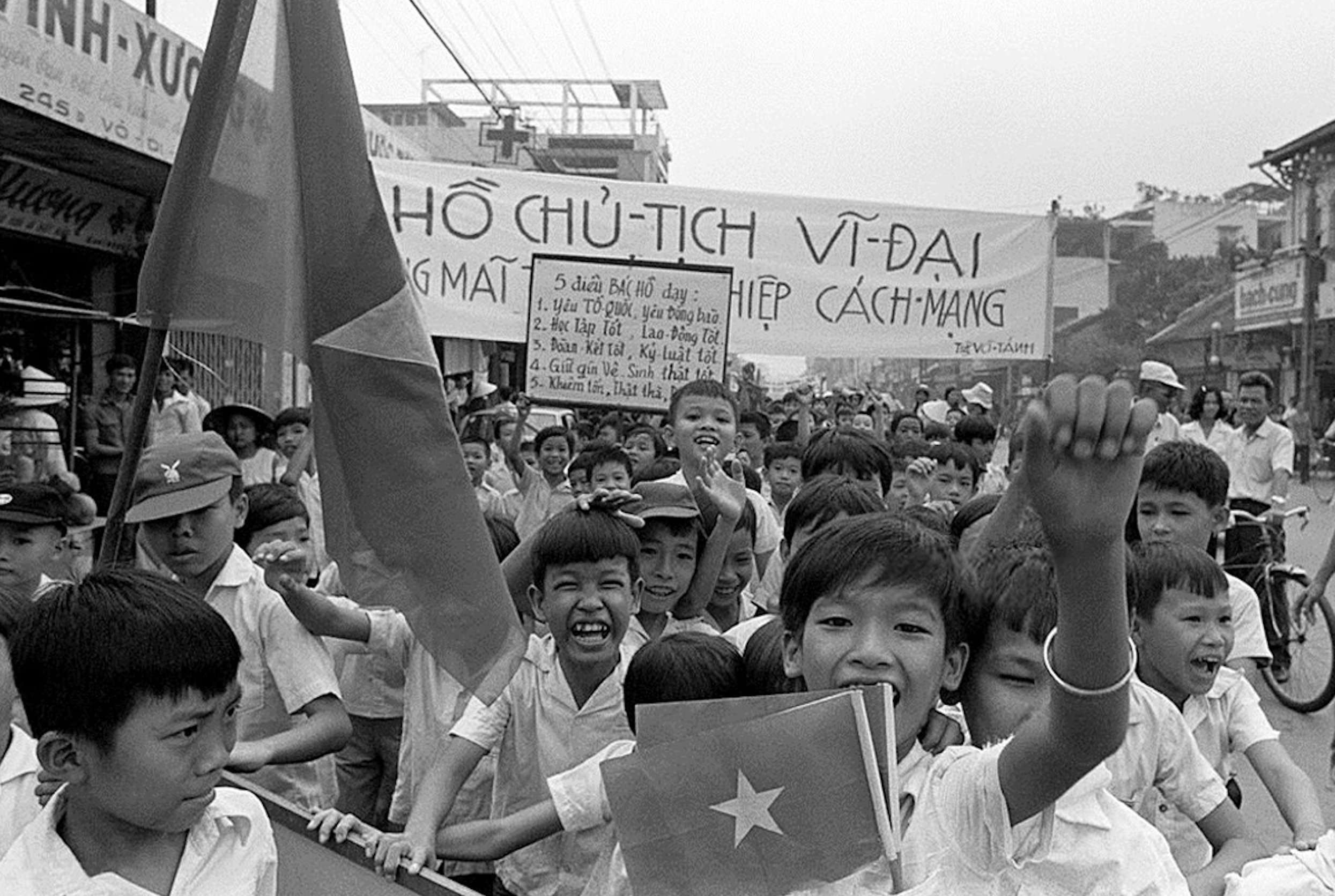
![[Photo] Visiting Cu Chi Tunnels - a heroic underground feat](https://vstatic.vietnam.vn/vietnam/resource/IMAGE/2025/4/8/06cb489403514b878768dd7262daba0b)

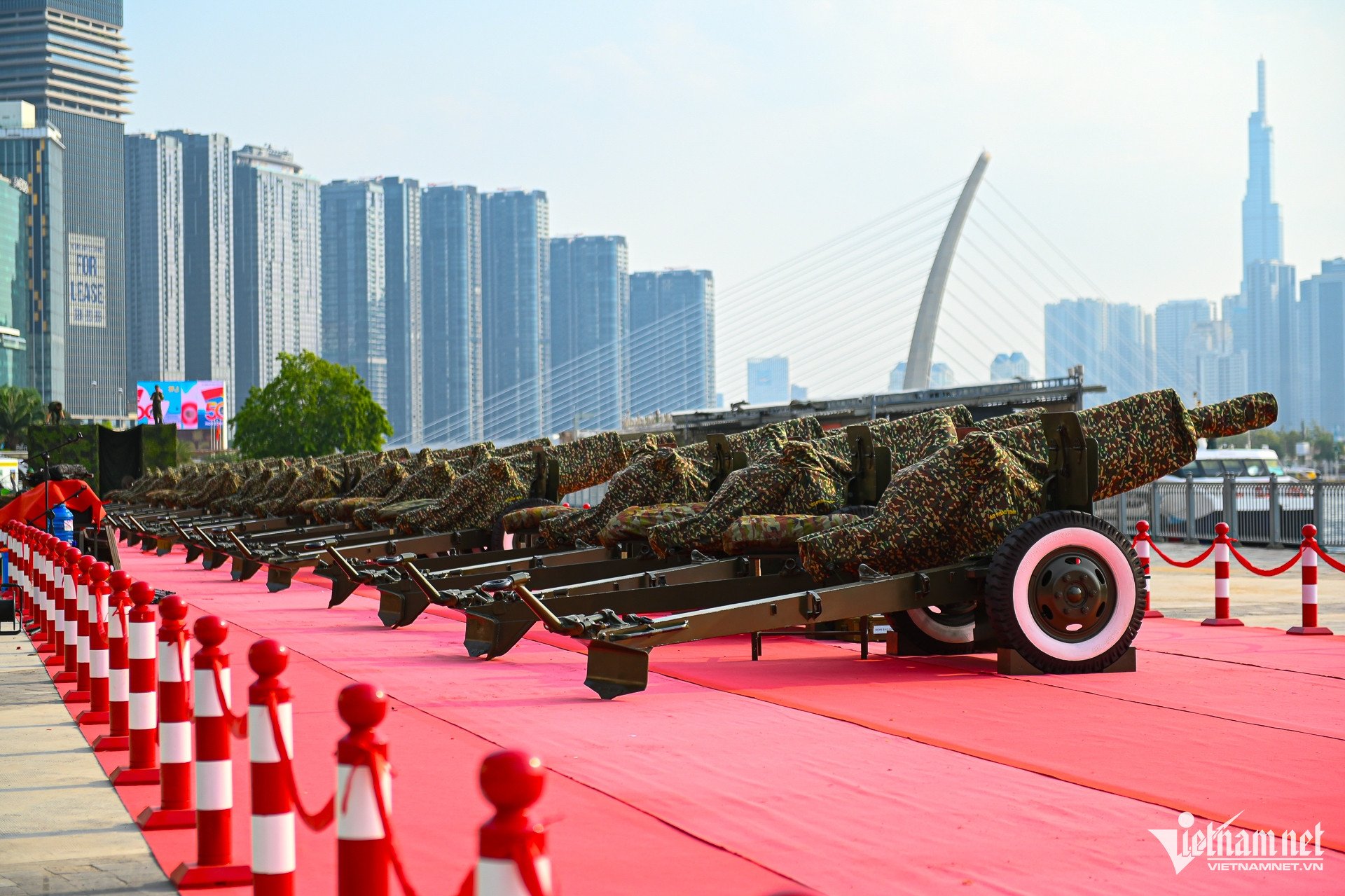



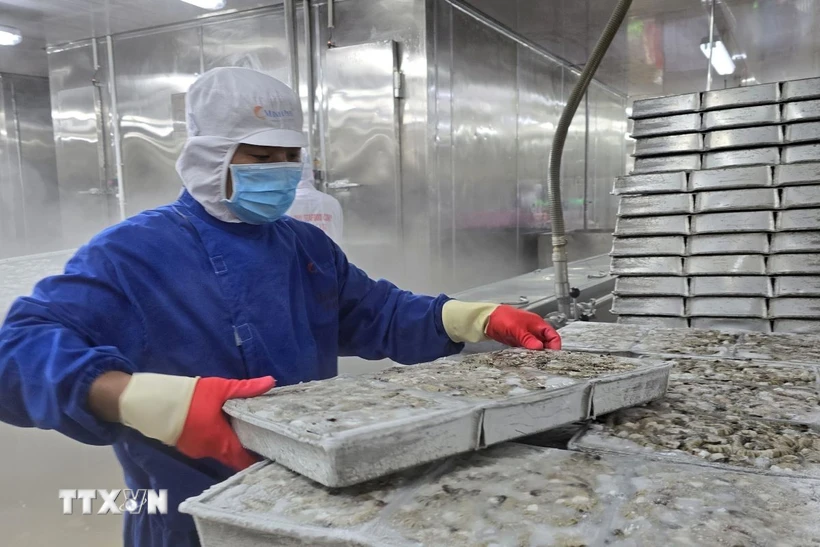

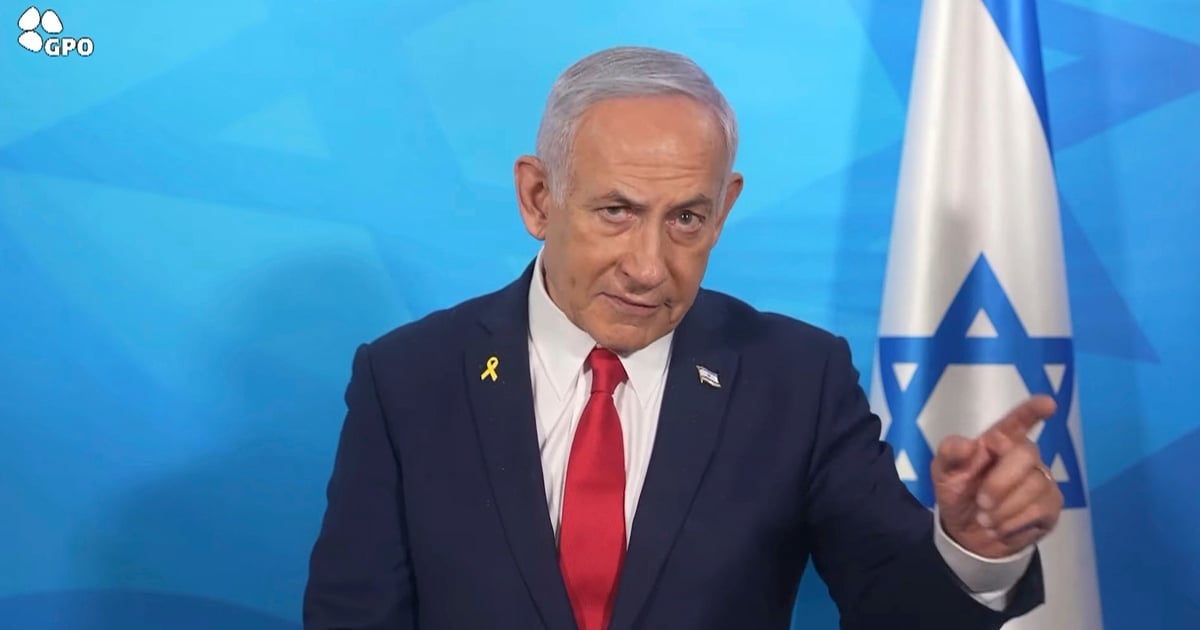
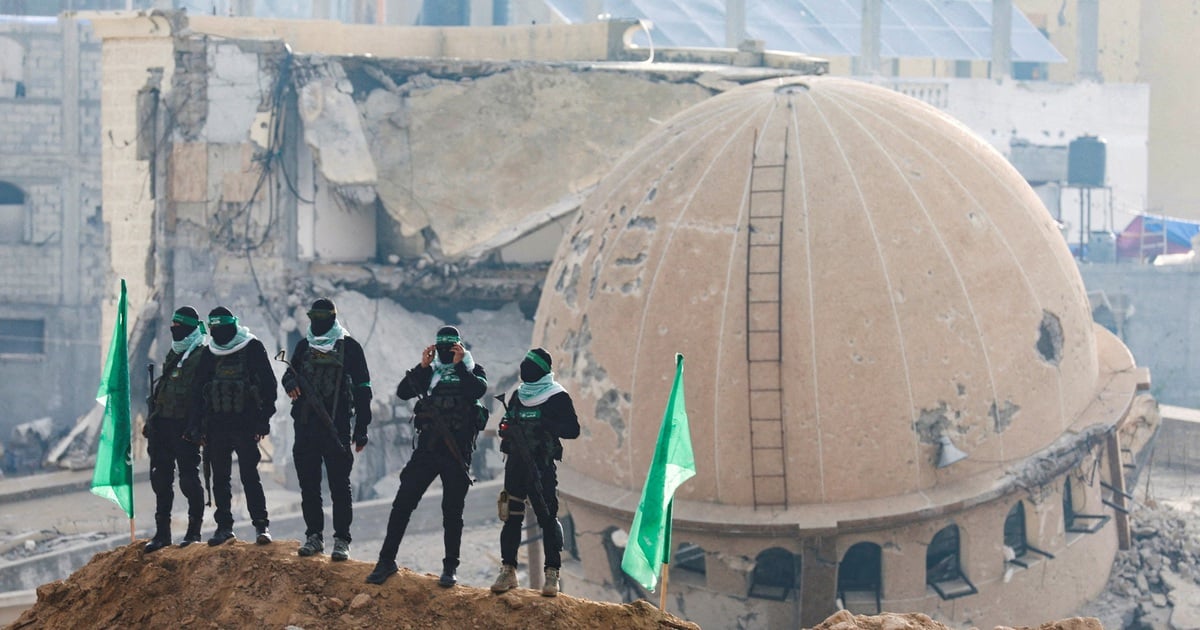
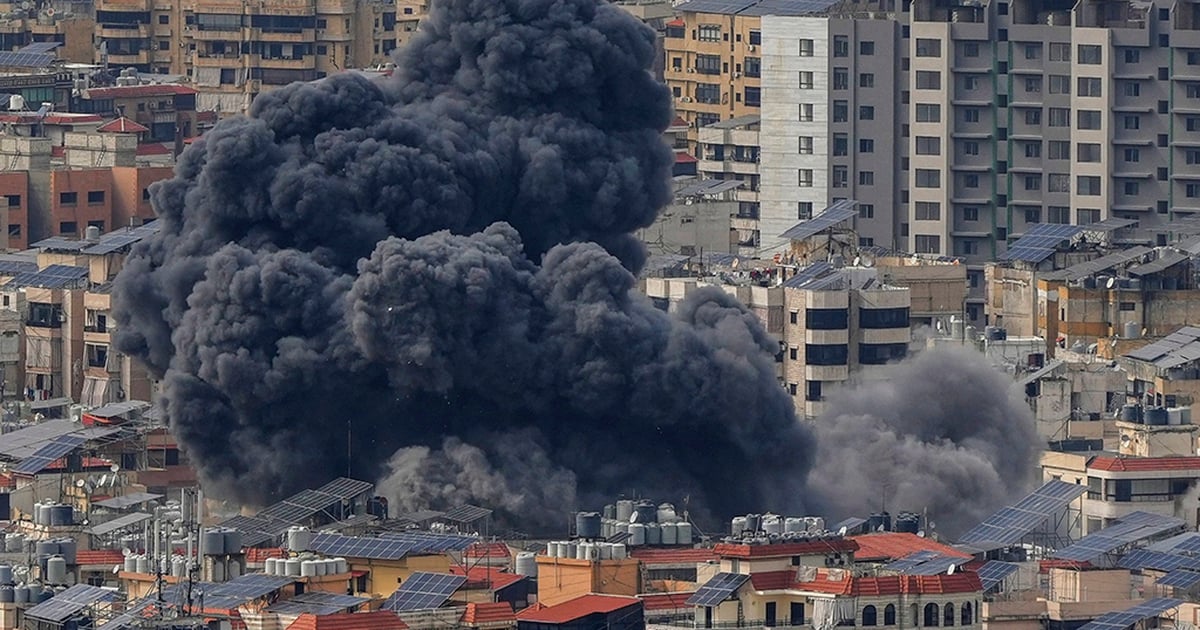
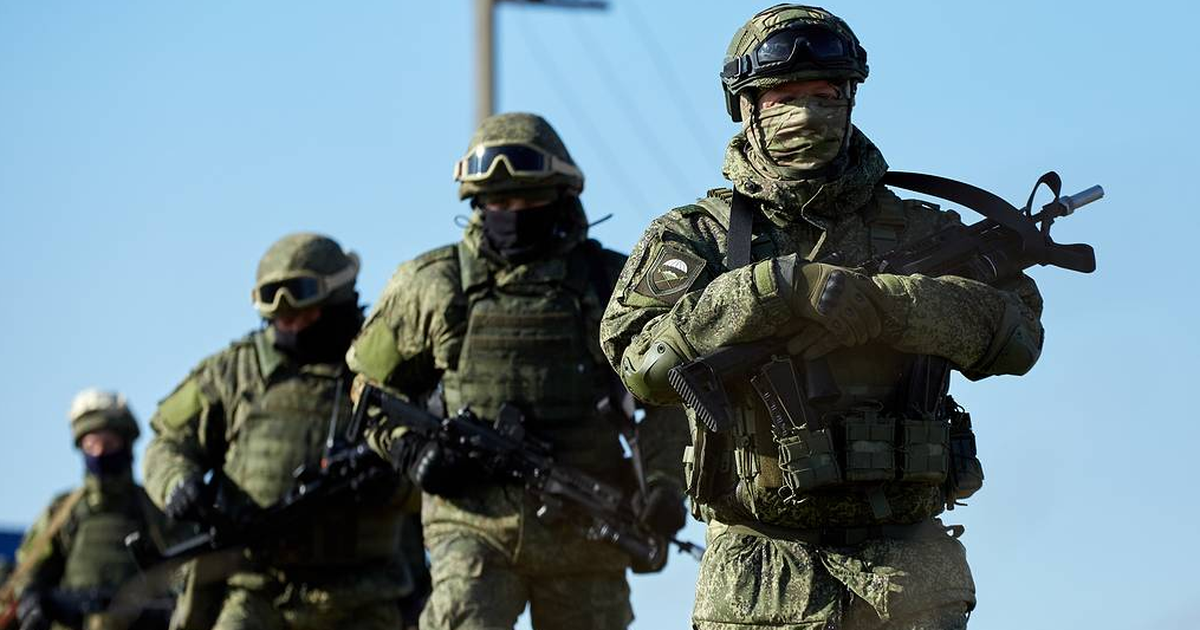
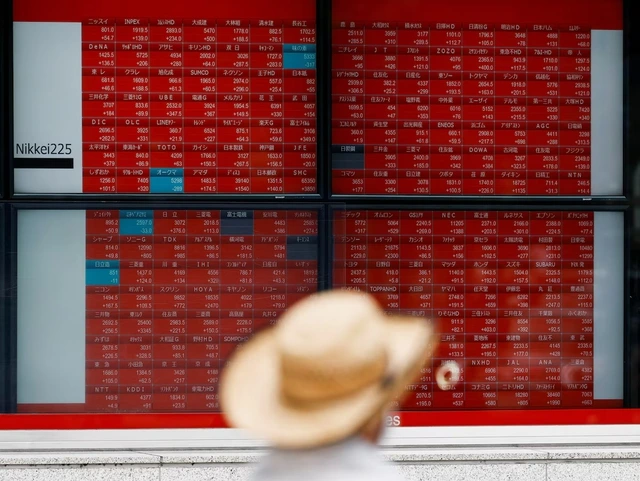
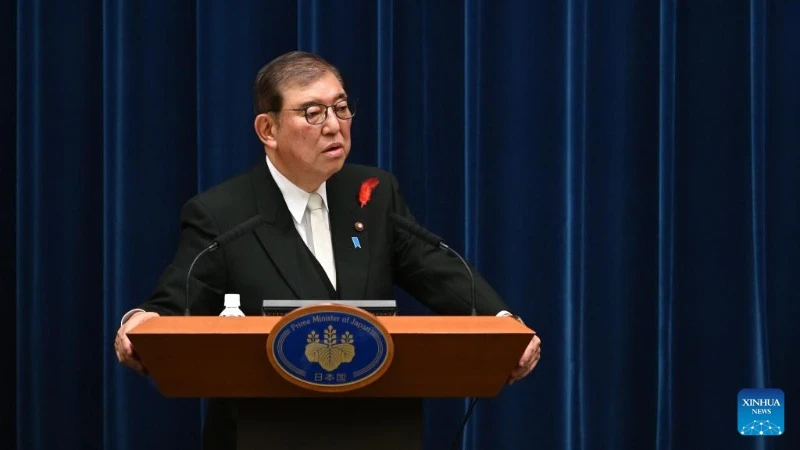

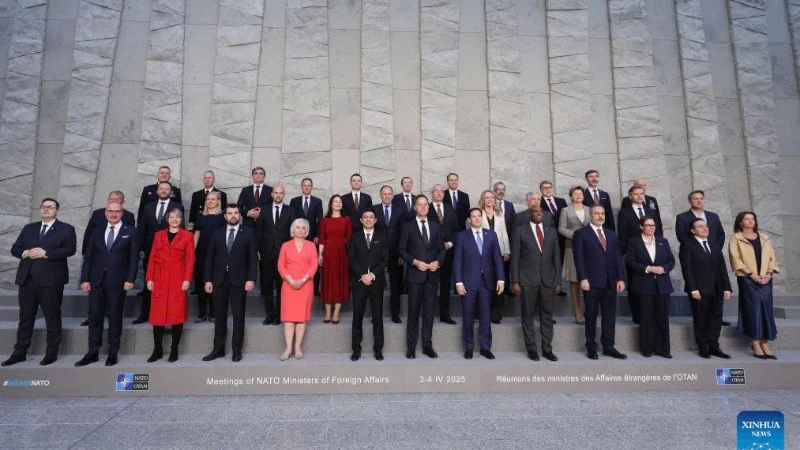
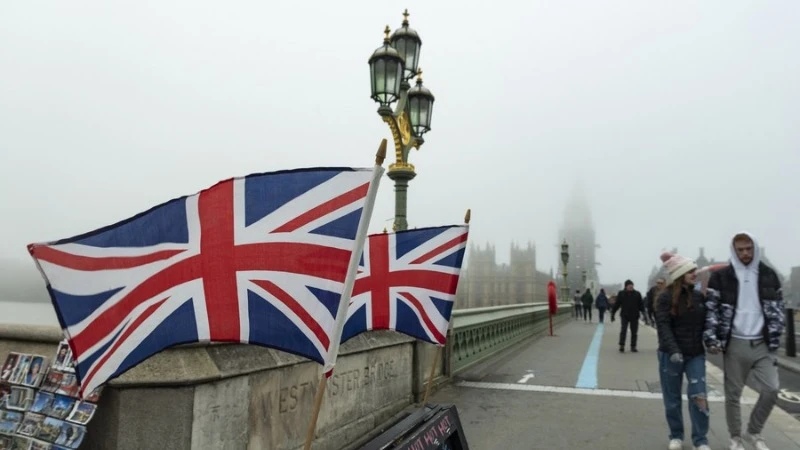
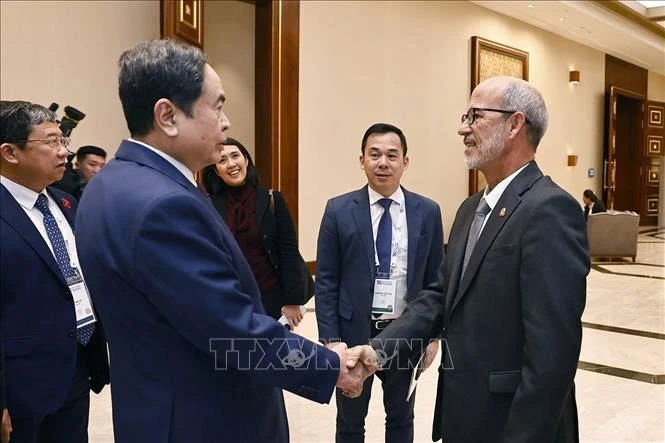

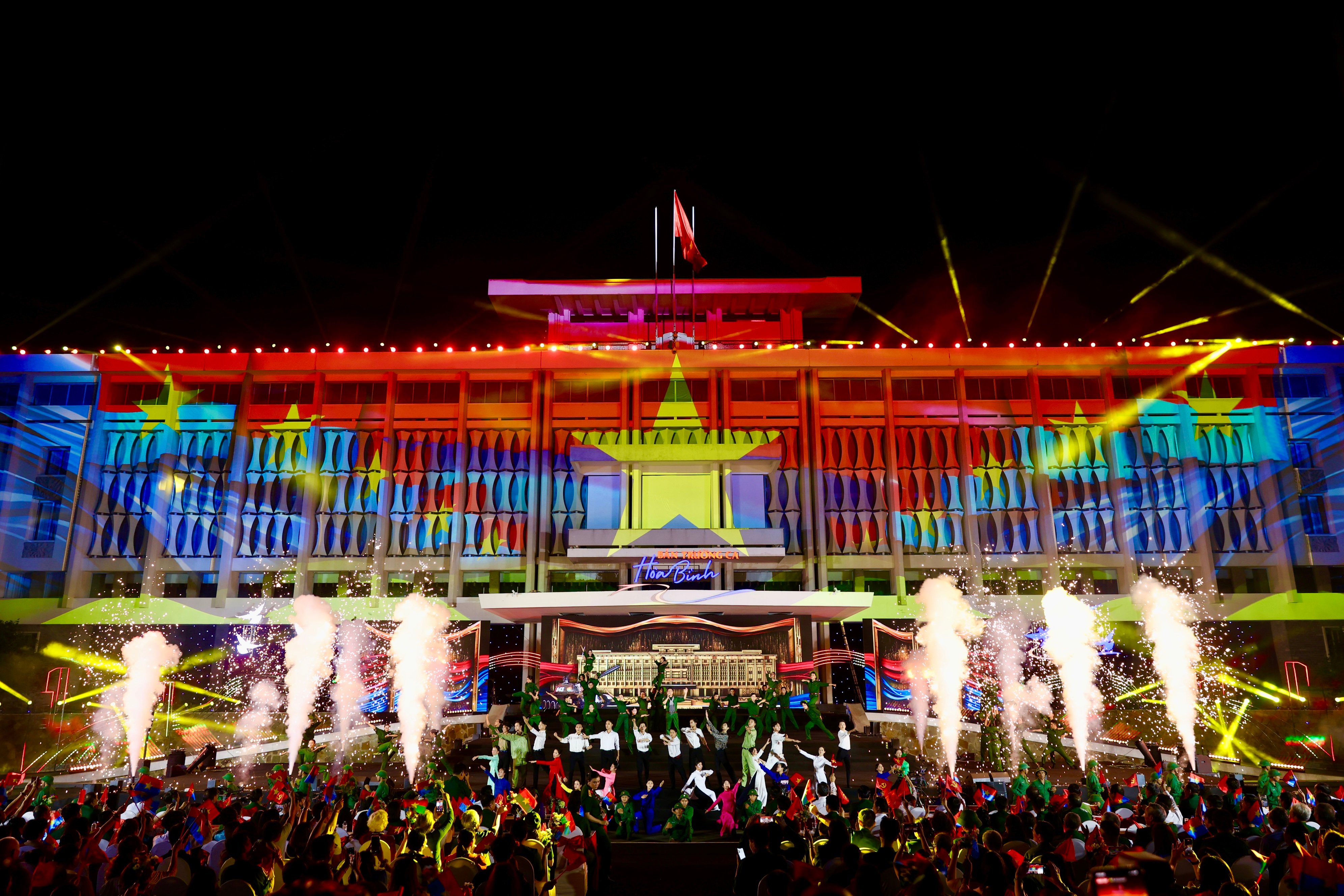
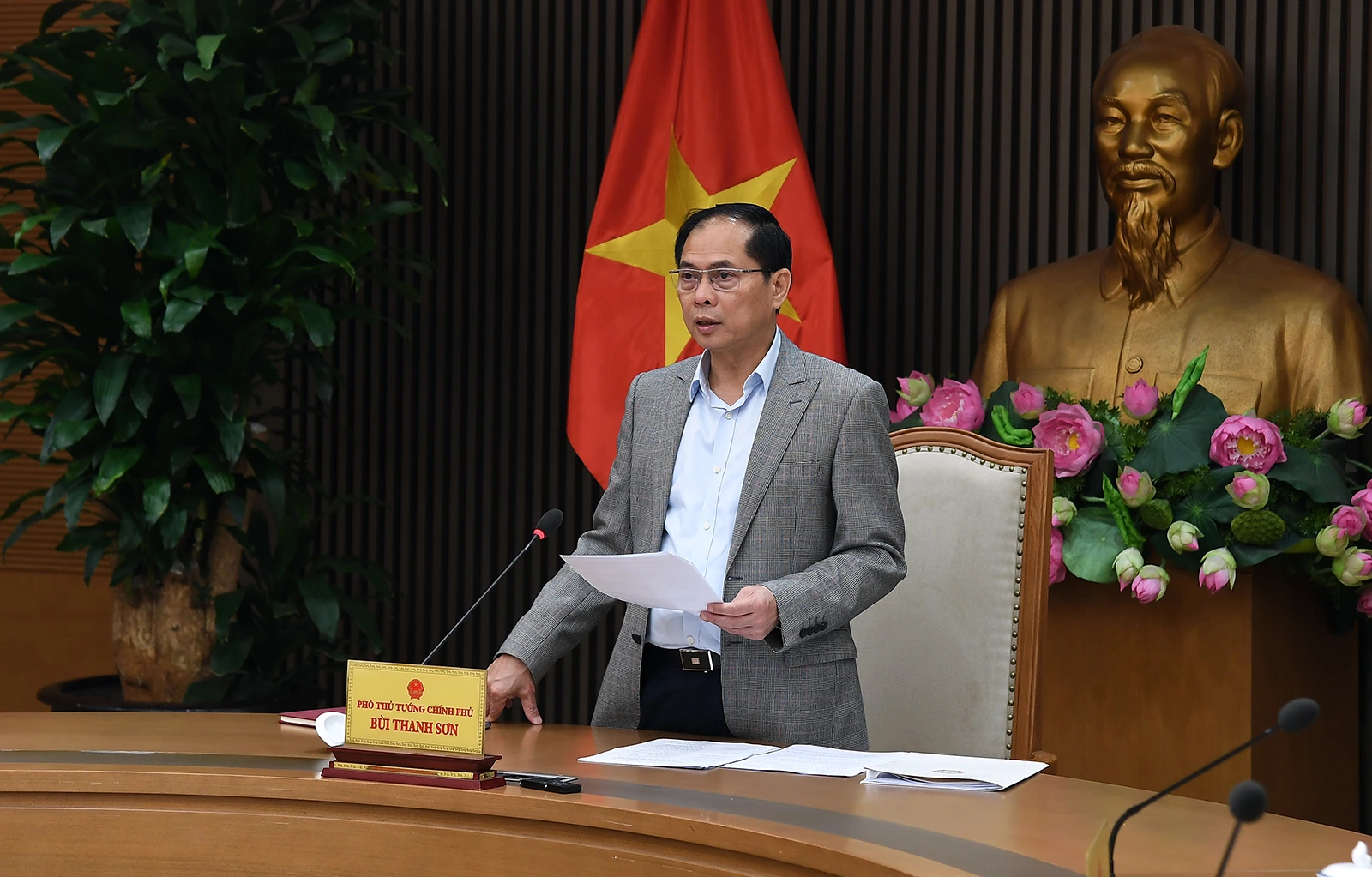
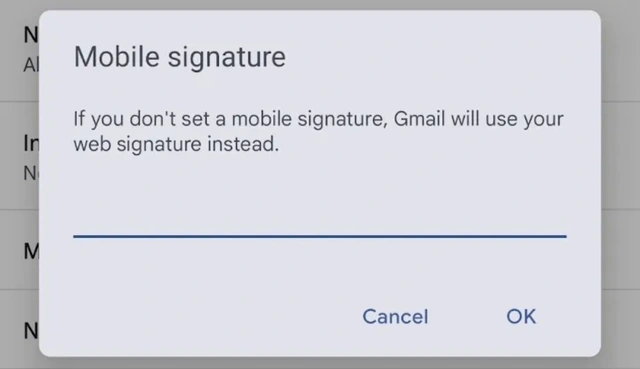

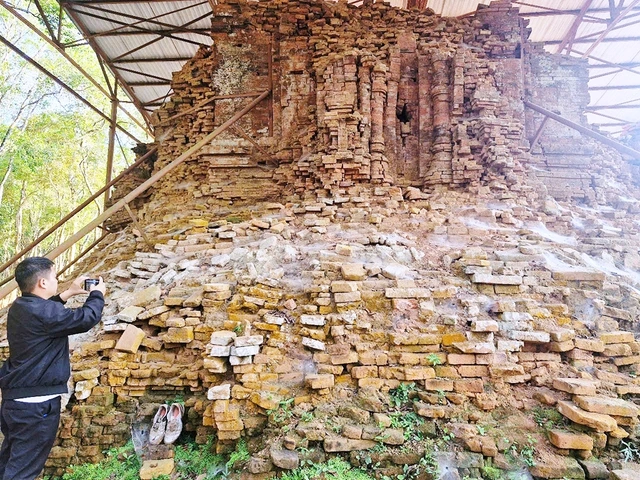














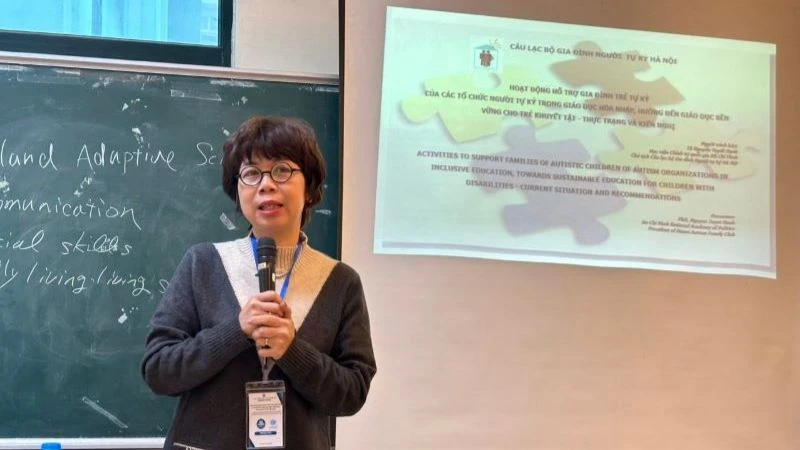



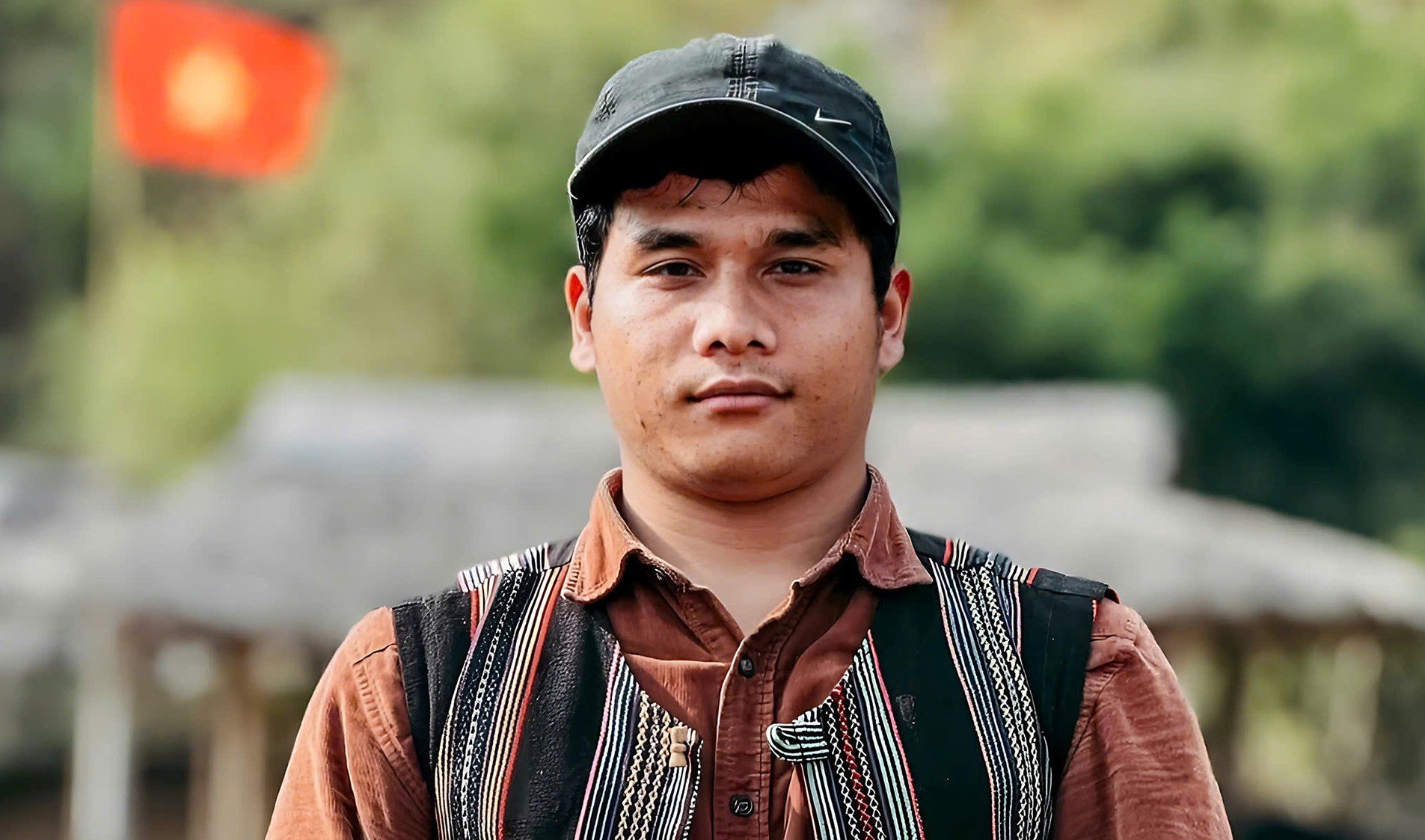


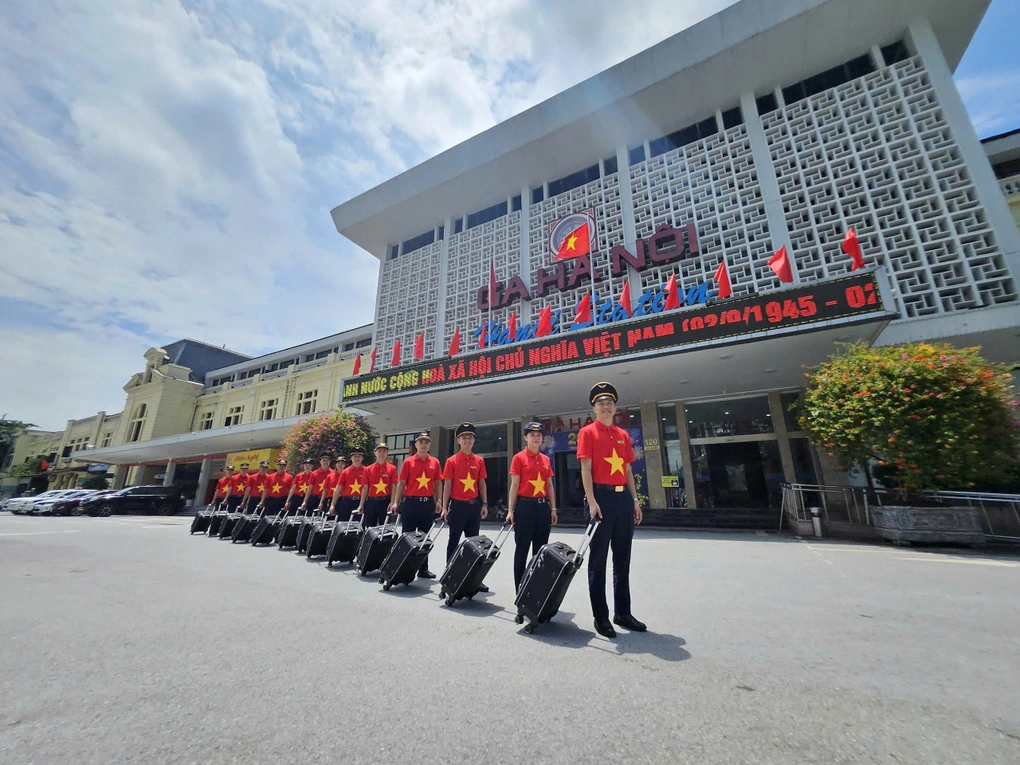








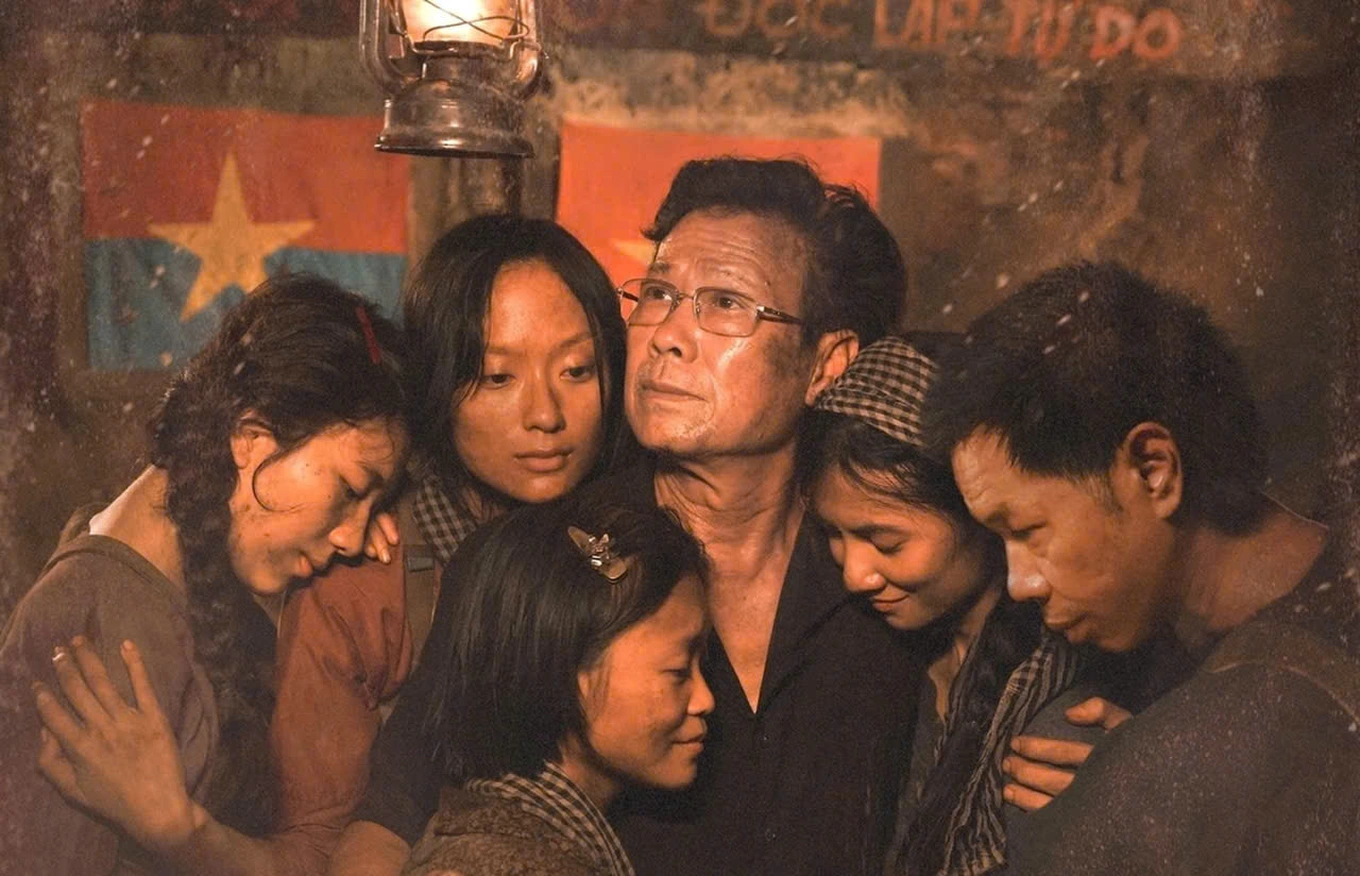













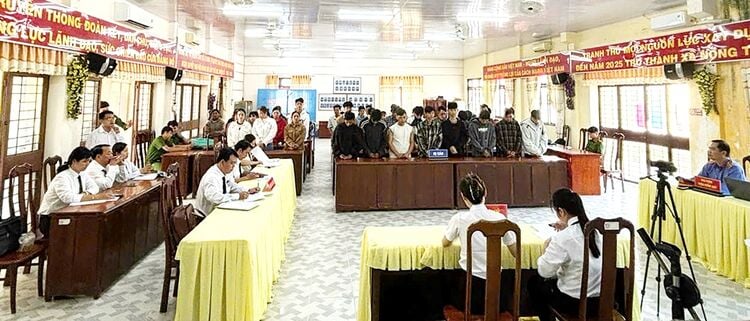
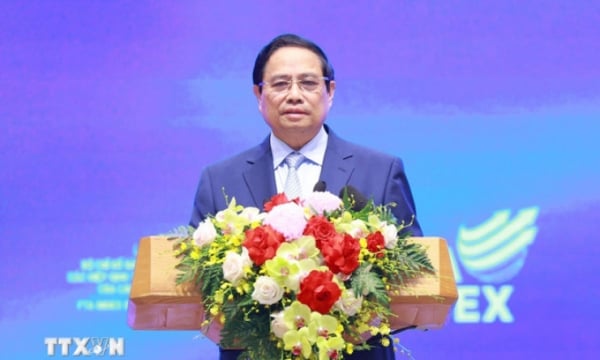
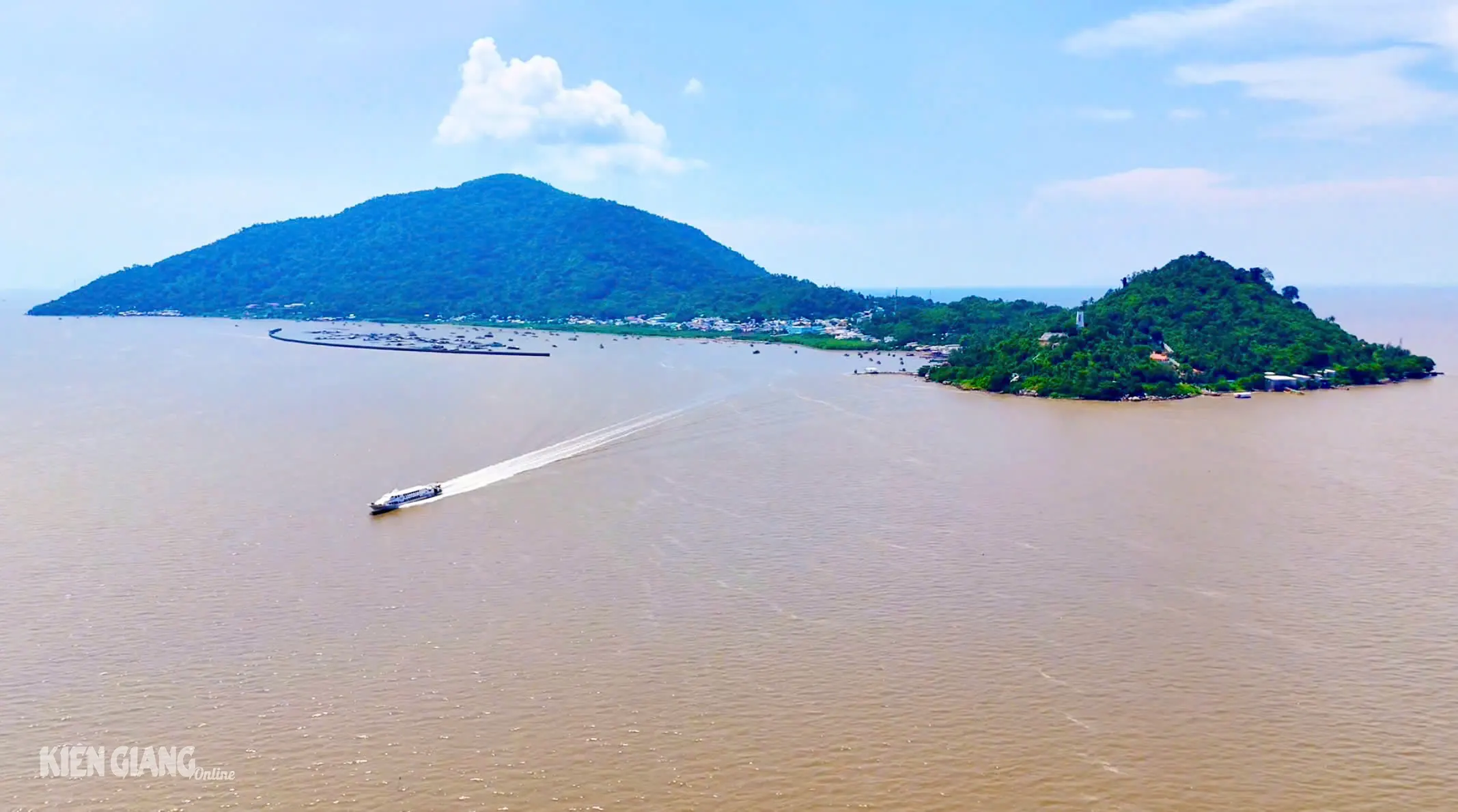










Comment (0)